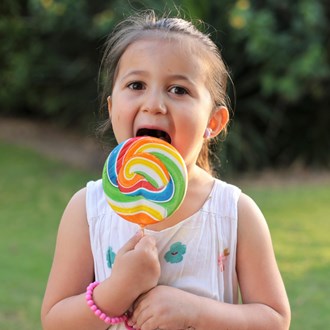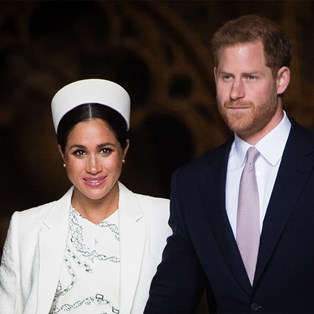Aussie mum's panic as her breastmilk turns bright PINK - but why did it happen?

So worrying!
By Frances Sheen
April 23 2019
A panicked mum has shown photos of her breastmilk after it unexpectedly turned a bright pink colour.
Posting a photo of the magenta-coloured milk in a baby bottle in Facebook group Breastfeeders in Australia, the mum (who didn’t want to be named) said she was feeding her 16-month-old daughter, when the toddler started to act unusually, pulling at her nipple saying, “More! More!”
As her daughter tugged at her breast to get more milk, some sprayed out and the mum was staggered when she saw it was bright pink.
In a panic, she expressed some into a bottle and was shocked to see it was this bright pink colour!

Credit: Breastfeeders in Australia
However, after she quickly realised there was a simple explanation for the unusual colour - beetroot.
She had eaten a lot of beetroot in one day, including a juice, salad and beetroot just straight out of a can.
“Sooooo I ate A LOT of beetroot today and this was the end result,” she wrote in her original post. “Safe to say I nearly had a heart attack until I realized.”
Other members of the breastfeeding group were concerned the mum's breastmilk may have been red-coloured due to blood caused by a blockage. But the mum admitted that not only was her breastmilk bright pink, so too was her urine as well as her daughter's!
She even tasted the breastmilk to check if it was different to normal and found that it was much sweeter than it is usually.
But is it safe to drink? Yes, according to the Australian Breastfeeding Association but if you're worried about the colour of your breastmilk, you should talk to a doctor as soon as possible.
The ABA says, “The colour of breastmilk varies. Colostrum is typically yellowish and mature breastmilk is typically bluish-white. However, there is a wide range of normal when it comes to the colour of breastmilk. Most mothers are unaware of the colour of their breastmilk, unless they express.”
In most cases, the colour of a mother’s breastmilk is nothing to be worried about. However, it is always a good idea to seek medical advice if you are concerned.
An unusual colour of a mother’s breastmilk could be due to her diet. For example, food dyes in foods or drinks can alter the colour of breastmilk.'













